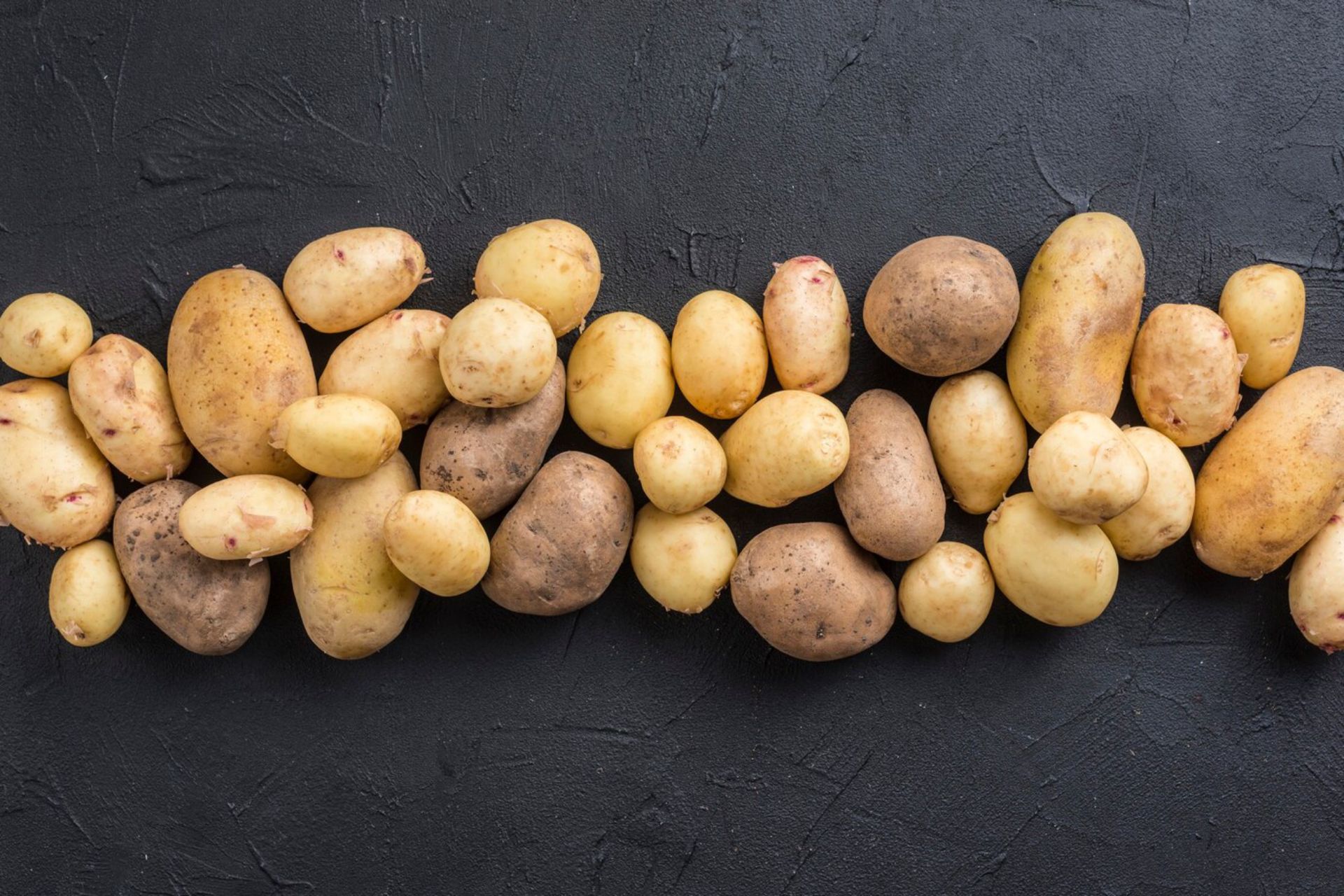The Great Potato Shortage of 2024
Table of contents
The humble potato has long been a dietary staple for people around the world. From creamy mashed potatoes to crispy French fries, potatoes serve as the foundation for an array of culinary possibilities. However, despite their versatility in the kitchen, numerous potato shortages have arisen throughout history, primarily due to adverse weather conditions, supply chain disruptions, and different types of pests and diseases.
Unfortunately, history has repeated itself once more, presenting yet another potato food shortage for 2024, and most likely, throughout 2024 and possibly for January 2025 as well. Chefs and restaurants, fast foods owners alike have been largely affected by these challenges, which have led to increased potato costs, limited menu options, and menu pricing adjustments. Chefs are also in a position where they must innovate and create new dishes that highlight other types of vegetables, which may or may not meet consumer expectations. Potato alternatives are currently being under the food trend for 2024.
Here’s the latest scoop on why this is happening and what chefs and home cooks can do to mitigate these challenges.
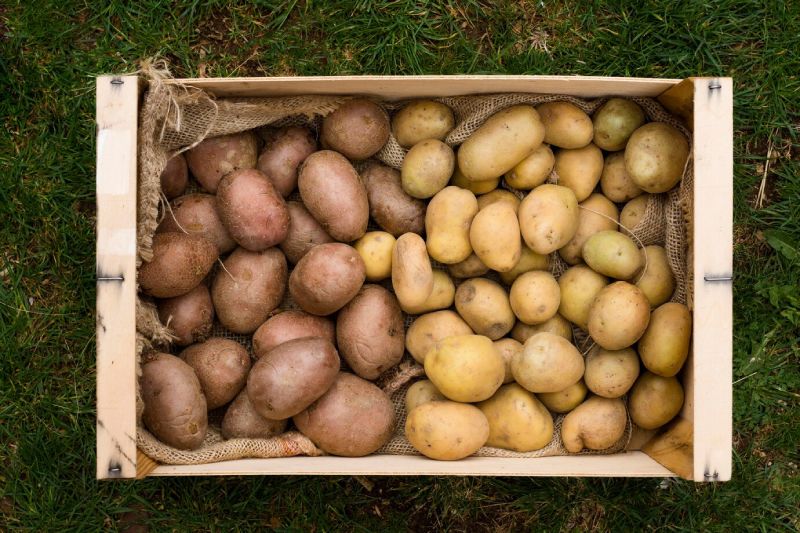
A Brief History of the Shortage of Potatoes
Potatoes were first cultivated over 7,000 years ago by indigenous communities, currently known as Peru and Bolivia. Spanish explorers eventually brought potatoes to Europe, which sparked the beginning of a culinary revolution, especially in Ireland.
Potatoes provided much-needed sustenance to the rapidly growing population of Ireland, but only up until the mid-19th century when a type of disease known as late blight swept through the entirety of potato crops. This led to mass starvation, emigration, and death in the historical event known as the Irish Potato Famine.
Massive potato shortages or potato declines have also crept up throughout the Scottish Highlands, Russia, Bengal, Ethiopia, Zimbabwe, and of course, the United States. The causes vary depending on the state, province, or country, but some include:
What might be causing a potato shortage in 2025?
- Crop failures
- Wars
- Pests and diseases
- Government policies
- Land reform policies
- Adverse weather conditions
- Supply chain disruptions
- Agricultural mismanagement
In our current era, potato shortages continue to occur and will likely occur in the forthcoming years. But despite its vulnerability to certain environmental factors, potatoes are quite resistant, and certain breeding programs and scientific research have even cultivated disease-resistant potato varieties. In short, it’s unlikely that the United States and other parts of the globe will come face-to-face with large-scale potato famines that were once widespread throughout the past few centuries.
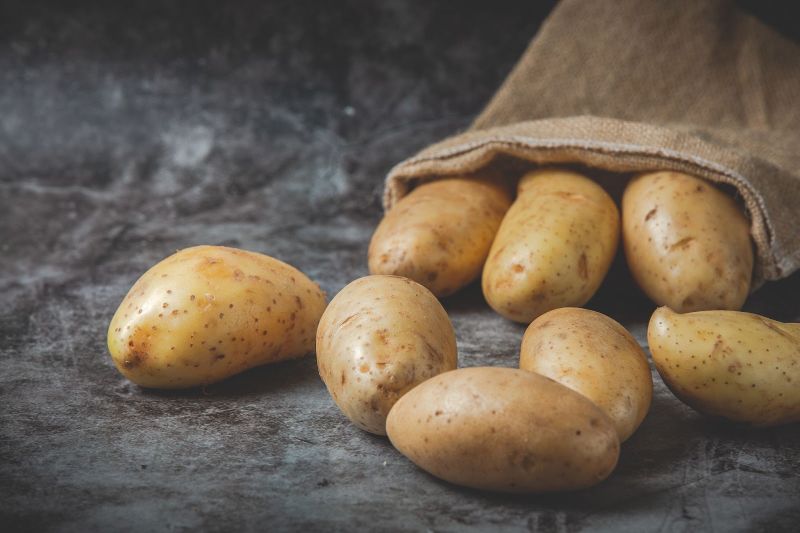
What’s Causing the Potato Shortage in 2024?
It’s not just the United States that’s experiencing a shortage of potatoes – Japan, Malaysia, Kenya, Indonesia, and certain parts of Europe are all grappling with similar food industry challenges within their supply chains and production cycles.
There are a number of factors at play, including storage/harvest gaps, supply chain disruptions, potato diseases, severe drought, and adverse weather conditions, though these vary depending on the country or area in question.
For instance, within the Canadian province of Prince Edward Island, the potato wart disease, known as black scab, has been found growing in potatoes. For the time being, these exports have been temporarily suspended, a stark contrast to the usual 300 million pounds of exported potatoes.
Meanwhile, Californian farmers have been struggling to cultivate potatoes due to the Klamath Basin’s water shortage. The Klamath Basin is located in California and Oregon and provides water resources for farmers, Native American tribes, and people who utilize nearby wells. The severe drought has not only negatively affected crops and drinking water but also the salmon population for nourishment.
There’s also the ongoing Russo-Ukrainian War, which has made the surrounding habitats far too dangerous for farmers to grow potatoes. A lack of laborers, liquidity challenges from banks, and unexploded bombs and mines around the farms are currently preventing Ukrainian farmers from continuing operations. Ukraine has been one of the largest potato producers globally, but all exports have currently been halted.
Other factors such as excessive rain in South Africa, unusual weather patterns in Idaho, pandemic aftermath effects, and cold climates/frost have also affected potato crops and quality.
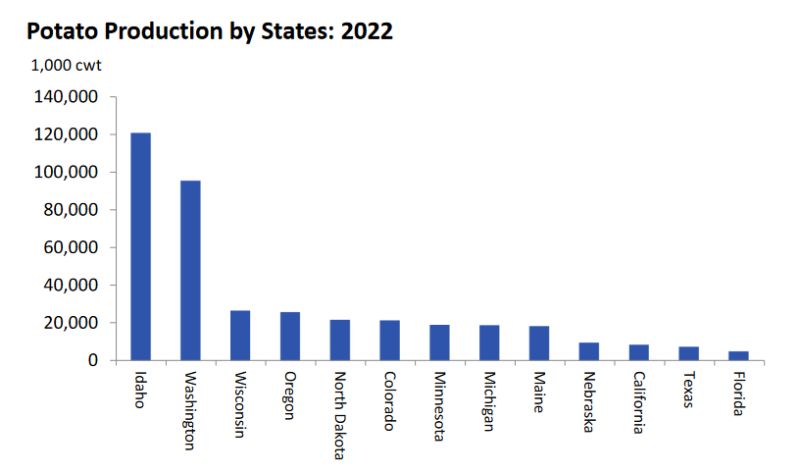
USDA’s Potato Production Trends
Potato production has been on a decline over the past few years, evidenced by a recent report from the USDA. The total production counts are as follows:
- 2020: 420,020 (1,000 cwt)
- 2021: 409,829 (1,000 cwt)
- 2022: 398,744 (1,000 cwt)
- 2023: Values have not been released yet
Potato shrinkage and loss have continued to increase during most months of 2020 – 2022. In recent months, the counts have been as follows:
- March 2023: 16,738 (1,000 cwt)
- April 2023: 18,296 (1,000 cwt)
- May 2023: 19,616 (1,000 cwt)
- June 2023: 20,913 (1,000 cwt)
Unsurprisingly, these figures have caused the value of potatoes to skyrocket from 2020 to 2024, and will likely continue to increase for 2024, especially for GPODs and Idaho potatoes.
But even though Idaho potatoes have been largely affected by adverse weather patterns, the state is currently #1 for potato harvesting, yield, and production, followed by Washington, North Dakota, Wisconsin, and Colorado.
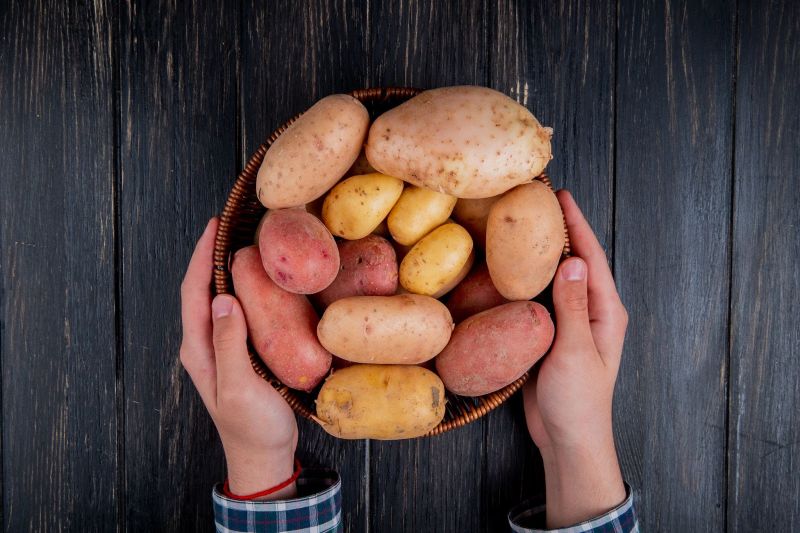
How Can Chefs Mitigate the Potato Shortage in 2024 & Beyond?
GPODs and Idaho potatoes have, unfortunately, been at the heart of the potato shortage in 2023, causing chefs, restaurant owners, and home cooks to utilize other potato varieties or vegetables as substitutions.
For instance, russet potatoes from another growing region are just as versatile as the beloved Idaho variety, though they’re not as light and fluffy once baked. Another option is to use yellow and red potatoes, both of which have received positive feedback on quality control and shipping.
Restaurants may also have to raise prices on potato dishes, decrease portion sizes, or remove them from menus completely. In the latter event, chefs could get creative with sweet potatoes and yuca, as well as slices of zucchini for fried veggie sticks. Other types of creative side dish ideas include:
What is the best alternative for potatoes?
- Spiralized vegetable noodles or “vegetti”
- Crispy vegetable chips using beets, carrots, or kale
- Mashed or fried plantains
- Polenta or grits
- Quinoa, rice, or pasta
- Tater tots or mashed “potatoes” using cauliflower
- Stuffed zucchini, bell peppers, or eggplants
It’s also important to be transparent with your guests about the current shortage of potatoes, as well as any efforts you’re making to adapt. Use this opportunity to present them with exciting new dishes that highlight other types of root vegetables or global menu items that don’t rely so heavily on potatoes.
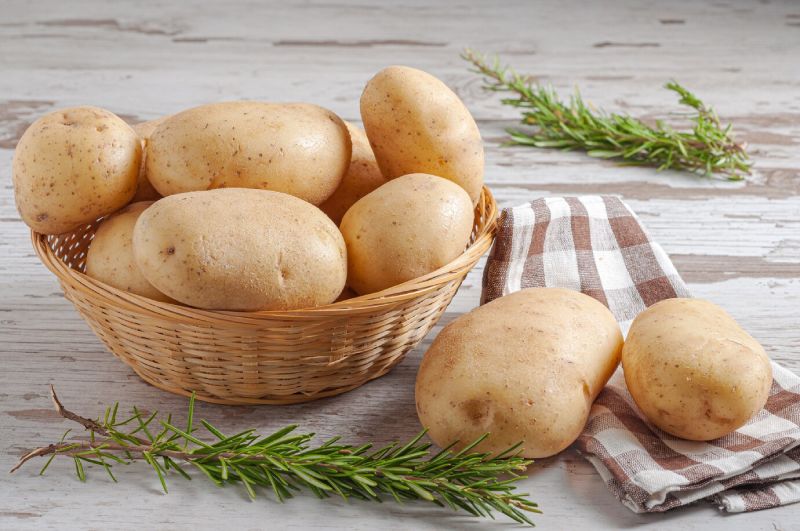
Don’t Let the Shortage of Potatoes Slow Your Business Down
There is no single factor that’s causing a mass potato shortage around the world. Factors such as wartime, supply chain disruptions, adverse weather conditions, and severe drought have all affected the quality and total crop yield of potatoes.
What are some creative potato alternatives for my menu in light of the current 2024 shortage?
- Cauliflower
- parsnips
- sweet potatoes
- Rutabagas
- Turnips
- Butternut squash
- Celeriac
Ensuring a steady wholesale supply of potatoes for your restaurant
At Riviera Produce, we ensure your business runs smoothly by providing a fresh supply of various potato varieties. While we are currently out of stock for 40 CT and 70 CT GPOD potatoes, we have other sizes available.
Order wholesale produce in bulk to place an order and inquire about our current stock. We are committed to supporting your business through this food shortage with reliable and timely deliveries.
Strategies for Chefs to Mitigate the 2024 Potato Shortage
Stockpiling Essential Foods and Pantry Items in 2024 but also these important foods above:
- Dry Beans and Lentils
- Rice and Grains
- Canned Vegetables and Fruits
- Flour and Baking Supplies
- Oils and Fats
- Spices and Seasonings
- Nuts and Seeds
- Frozen Vegetables
- Long-lasting Fresh Produce (like squash, sweet potatoes, onions, and carrots)
- Dried Herbs and Garlic
How does the potato shortage impact food service providers?
Food service providers must adapt to supply chain disruptions and may need to source potatoes from alternative regions or suppliers to meet demand, which can be logistically challenging and costly.
How are chefs and restaurant owners affected by the potato shortage?
Chefs and restaurant owners face challenges in menu planning and maintaining consistent quality and pricing for potato-based dishes. They may need to find alternative ingredients and increase menu prices due to the shortage.
What is causing the current potato shortage?
The 2024 potato shortage is due to a combination of factors, including adverse weather conditions, supply chain disruptions, potato diseases, severe droughts, and geopolitical issues affecting major potato-growing regions globally
How long is the potato shortage expected to last?
The potato shortage is expected to continue throughout 2024 and 1st half of 2025. However, the situation is fluid, and the duration may vary based on future weather conditions and improvements in supply chain management.
What alternatives can I use instead of potatoes?
Chefs, cooks and cafe owners can use several alternatives to potatoes, including sweet potatoes, yuca (cassava), zucchini, butternut squash, turnips, rutabagas, and cauliflower
How can Riviera Produce help my restaurant during the potato shortage?
Riviera Produce offers a reliable supply of various potato varieties and alternative vegetables. We ensure timely deliveries and consistent quality, helping your restaurant navigate the shortage without disrupting your menu
Is it more cost-effective to buy potatoes and other produce in bulk?
Yes, buying in bulk can lead to significant cost savings. It also ensures a steady supply of produce, reducing the risk of shortages impacting your menu offerings.
What areas do you deliver wholesale pantry items to?
We deliver wholesale produce to New York City, Brooklyn, Queens, Bronx, Long Island, Connecticut, New Jersey, and Philadelphia
How can I place an order with Riviera Produce
You can place an order by contacting our sales team directly. We will assist you with your specific needs and provide information on current stock and delivery schedules
What other essential pantry items should I stockpile to prepare for food shortages?
To prepare for future 2025 food shortages, consider stockpiling the following wholesale produce and vegetables:
Wholesale Dry Beans and Lentils: Versatile and long-lasting protein sources.
Wholesale Rice and Grains: Staples that provide bulk and nutrition.
Wholesale Canned Vegetables and Fruits: Convenient and shelf-stable options.
Wholesale Flour and Baking Supplies: Essential for making bread and other baked goods.
Wholesale Oils and Fats: Necessary for cooking and baking.
Wholesale Spices and Seasonings: Enhance flavor and can be stored for long periods.
Wholesale Nuts and Seeds: Nutrient-dense snacks and cooking ingredients.
Wholesale Frozen Vegetables: Maintain nutritional value and are easy to store.
Wholesale Long-lasting Fresh Produce: Items like squash, sweet potatoes, onions, and carrots that have a longer shelf life.
Wholesale Dried Herbs and Garlic: Essential for flavoring dishes and have a long shelf lifeWhy should I choose Riviera Produce over other suppliers
Riviera Produce is committed to providing consistent quality, timely deliveries, and excellent customer service.
How can chefs get inspired during the 2024 potato shortage?
Chefs can find inspiration by exploring new ingredients and creating innovative dishes using alternative vegetables. This is an excellent opportunity to introduce new flavors and textures to your menu, delighting your customers with creative culinary experiences
Can Riviera Produce supply of other vegetables if potatoes are unavailable?
Yes, Riviera Produce offers a wide range of fresh vegetables. If potatoes are unavailable, we can supply you with high-quality alternatives to ensure your menu remains diverse and appealing.
How does the potato shortage affect wholesale produce suppliers?
Wholesale produce suppliers like Riviera Produce must navigate supply chain challenges to ensure a steady supply of potatoes and other produce to their clients, often requiring them to find new sources and manage inventory more carefully.
By keeping these essentials in stock, you can ensure that your kitchen remains functional even during supply disruptions.
At Riviera Produce, we’ll make sure that your business continues to run smoothly by providing you with a fresh supply of potato varieties as often as you’d like. We’re currently out of stock for 40 CT and 70 CT GPOD potatoes, but we have plenty of other sizes eavailable to substitute.
Contact our sales team today to place an order and inquire about what potatoes are currently in stock.
